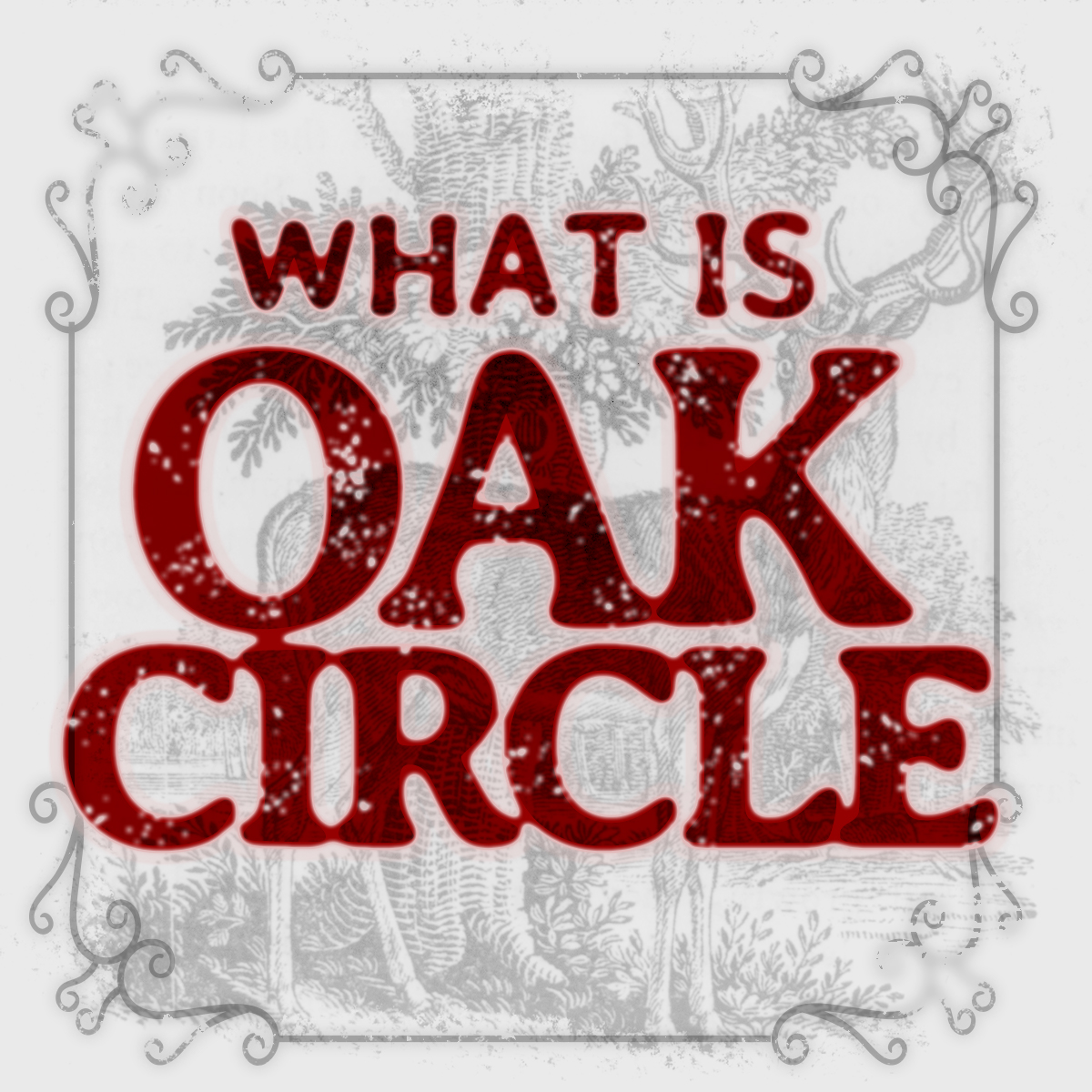#31: “The History of Datchet”, Excerpt #1
Of the 90 people on the ship, 15 were crew members. The remaining 75 passengers would go on to establish the township of Datchet, Massachusetts. Many familiar family names appear in the ship’s ledger: Hayward, Fletcher, Braddock, Lockwood, Evans, Page, among others.
The Tapio left port from Plymouth, England in mid-July of 1689. According to the log of Captain James Brook, the journey was made in excellent time due to favorable winds and overall good weather. In early September, 58 days later, the ship landed on Aquidneck Island, in the town that is currently known as Portsmouth, Rhode Island. Datchet’s founding fathers had reached the new world.
Surprisingly, records about the settlers from their arrival in the Americas to the founding of Datchet are sparse or non-existent. Accounts show that the group left Aquidneck Island in late September 1689 and disappeared into the wilderness. There was a report from the winter of that year about a band of 60 or so travelers arriving 125 miles to the west in the township of Wetherfield, Conneticut. The group stayed for a few days to replenish their supplies and continued off to the North.
The next report of the Datchet settlers was made in the late spring of 1690. A fur trapper, named Jacques Lutin, came across a small village in a forest clearing about 30 miles west of Boston. Approximately 80 men, women and children were found living in make-shift dwellings, tending small gardens and smoking fresh deer meat. This area would later become the Hayward farm and, in the mid-20th century, the neighborhood of Oak Circle.
The trapper was greeted by the town’s leader, William Hayward. Lutin described Hayward as a “largely built man with a thick black beard whose eyes conveyed a soul of strengthen and intelligence.” The town’s leader seemed wary of the trapper but, nonetheless, he invited him to tour the village.
Lutin was surprised to find that several Nipmuc members lived among these English settlers. Relations among the European colonists and native peoples had been volatile since King Philip’s War 15 years prior. Finding Englishmen and Nipmucs in close proximity and in relative harmony was extremely unusual for this time and place.
Unlike other settlements, the forest area around the community had not been cleared for materials. Hayward informed Lutin that they chose to preserve the trees around community and took their wood from a separate area approximately 2 miles away. Although the village was situated in a clearing between these trees, Lutin noted that a small oak sapling had been planted in the center of the village. Legends say that this young tree is now the large oak that can currently be found in the center of the Oak Circle cul-de-sac.


